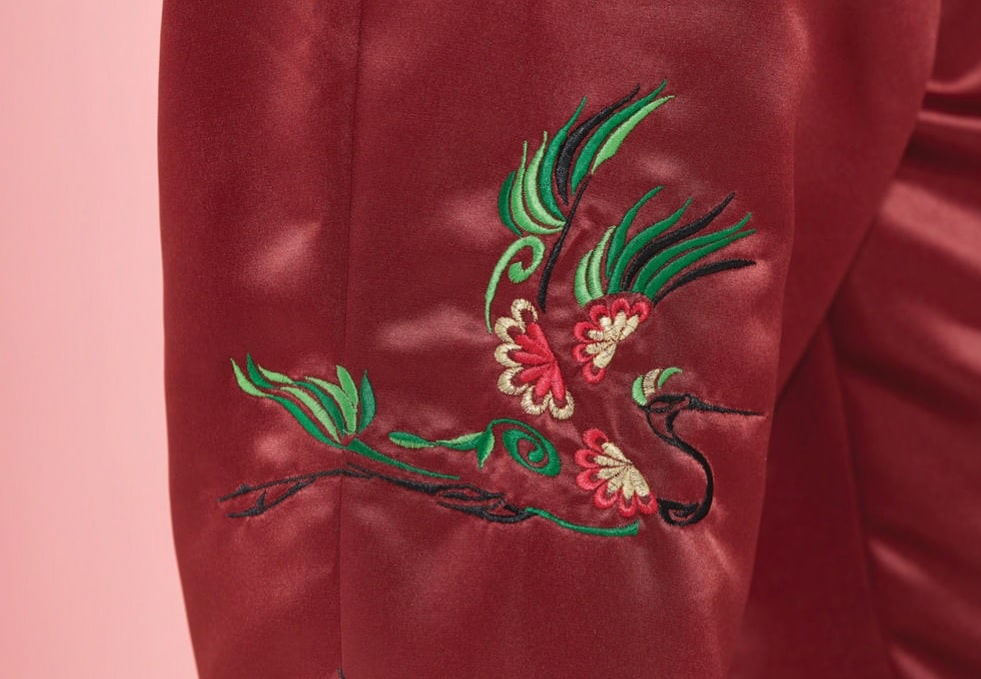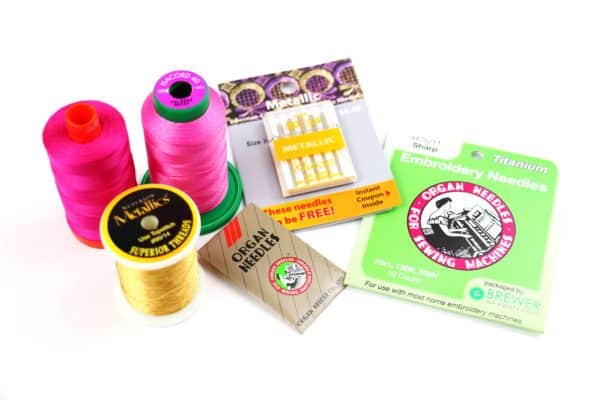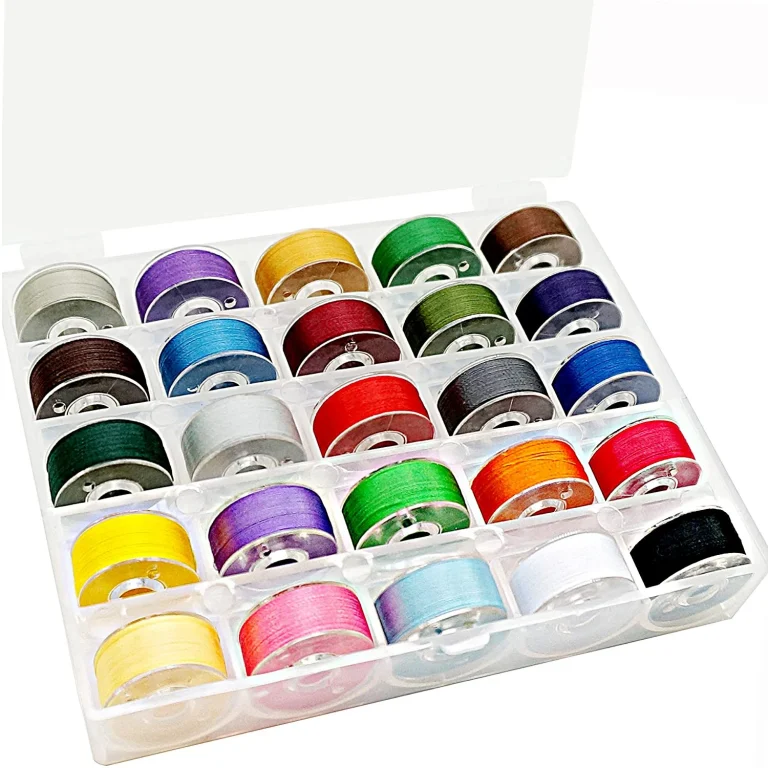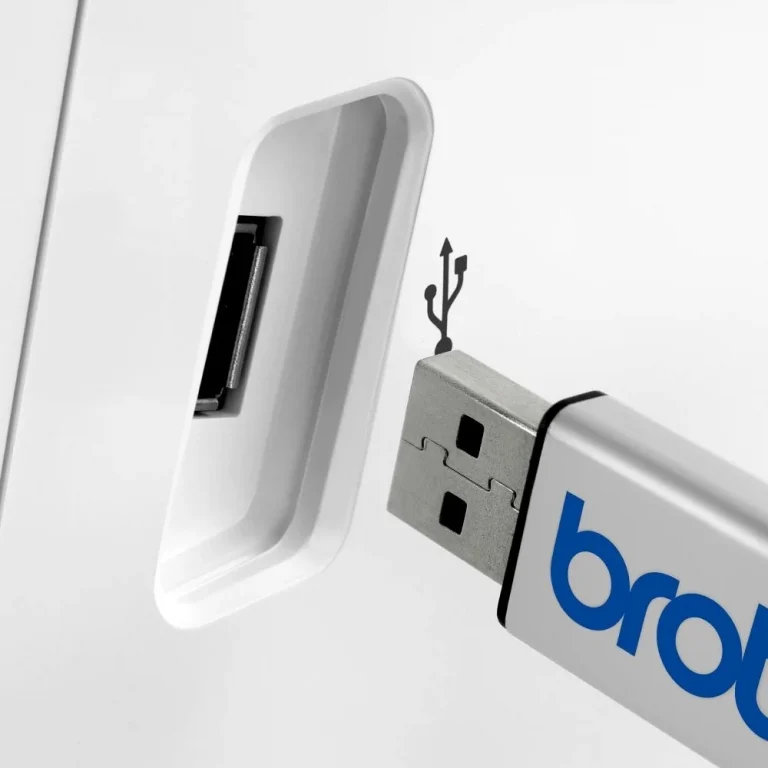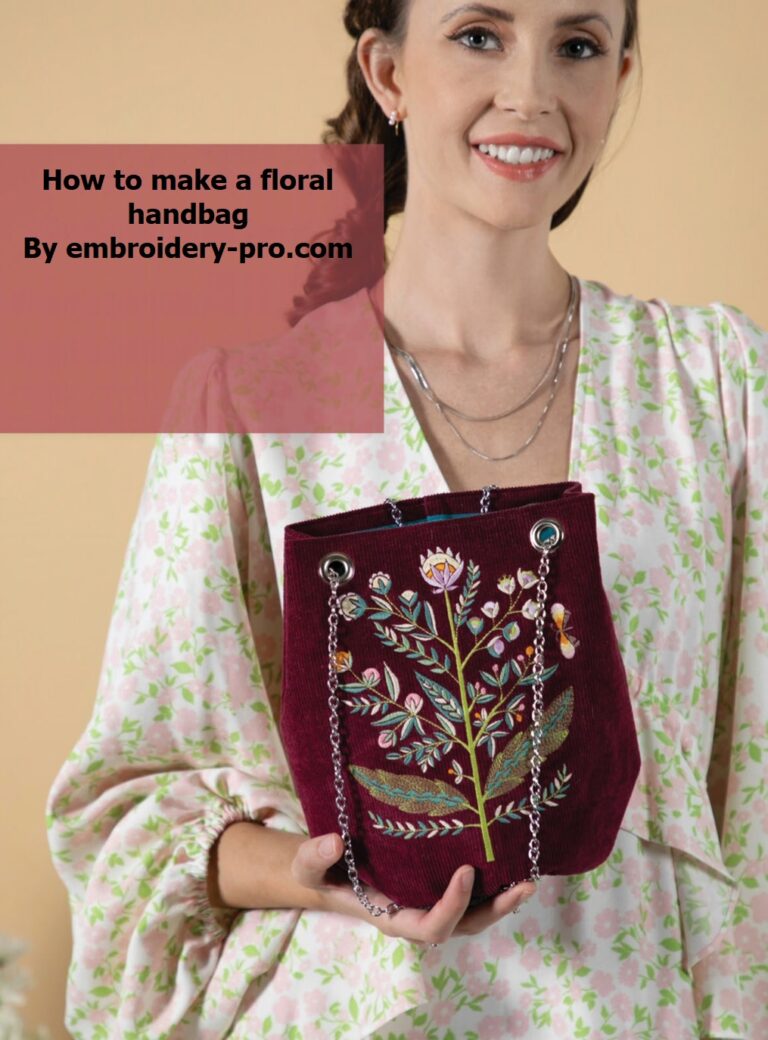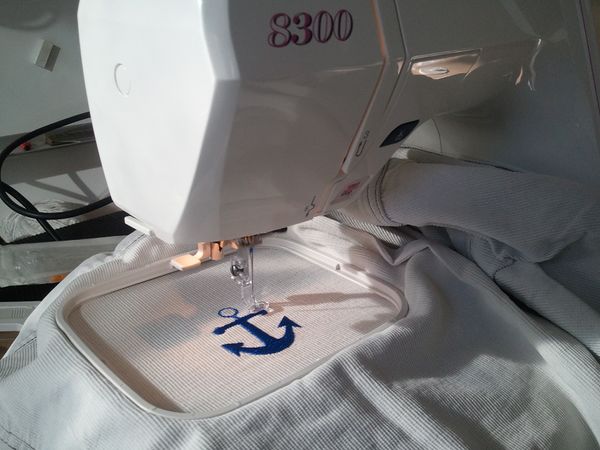Most formats of embroidery designs
Embroidery is a beautiful art form that allows stitchers to create intricate designs on a wide range of fabrics. Embroidery designs come in many different formats, each with their own advantages and disadvantages. In this article, we’ll take a closer look at the most common embroidery design formats to help you choose the right one for your needs.
-
DST
DST is a commonly used embroidery design format that was developed by Tajima. It is widely recognized as the standard format for commercial embroidery machines. DST files are typically used for large-scale designs and can be easily resized without losing quality. This format also supports color information, making it easy to create designs with multiple colors.
-
PES
PES is a popular embroidery design format that is used by Brother embroidery machines. This format is widely recognized and can be read by most embroidery machines on the market. PES files are typically used for home embroidery machines and support color information.
-
JEF
JEF is another popular embroidery design format that is used by Janome embroidery machines. This format is widely recognized and can be read by most embroidery machines on the market. JEF files are typically used for home embroidery machines and support color information.
-
EXP
EXP is an embroidery design format that is used by Melco embroidery machines. This format is widely recognized and can be read by most embroidery machines on the market. EXP files are typically used for commercial embroidery machines and support color information.
-
VP3
VP3 is an embroidery design format that is used by Viking embroidery machines. This format is widely recognized and can be read by most embroidery machines on the market. VP3 files are typically used for home embroidery machines and support color information.
-
ART
ART is an embroidery design format that is used by Bernina embroidery machines. This format is widely recognized and can be read by most embroidery machines on the market. ART files are typically used for home and commercial embroidery machines and support color information.
-
HUS
HUS is an embroidery design format that is used by Husqvarna embroidery machines. This format is widely recognized and can be read by most embroidery machines on the market. HUS files are typically used for home embroidery machines and support color information.
-
XXX
XXX is an embroidery design format that is used by Singer embroidery machines. This format is widely recognized and can be read by most embroidery machines on the market. XXX files are typically used for home embroidery machines and support color information.
In conclusion, there are many different embroidery design formats to choose from. When selecting a format, it’s important to consider your machine’s compatibility and the type of designs you plan to create. By choosing the right format, you can create beautiful embroidery designs with ease.
Related Posts
Discover relevant articles, tutorials, and tips to improve your skills and explore new techniques.
Stay inspired and connected to our embroidery community.
